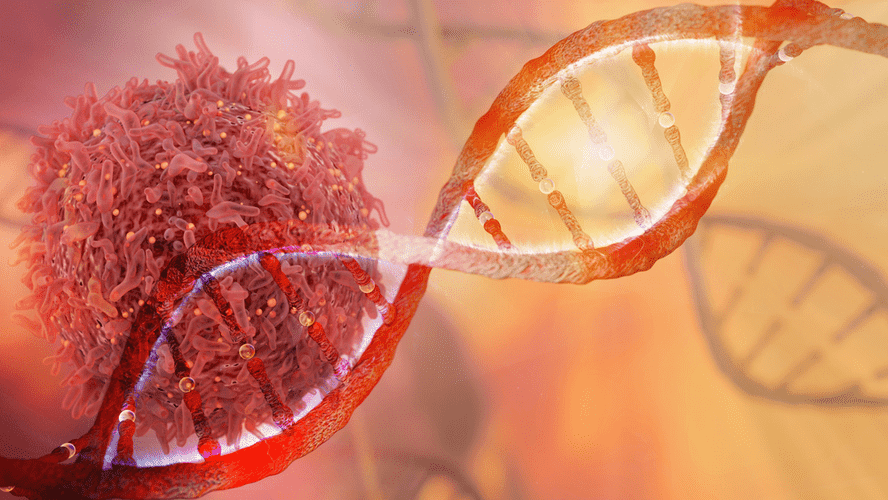Content
2.Gerrity RS, Pizon AF, King AM, Katz KD, Menke NB. A Patient With Alcoholic Ketoacidosis and Profound Lactemia.

However, after adequate treatment, it is equally essential to refer the patient to alcohol abuse rehabilitation programs to prevent recurrence and long-term irreversible damage from alcohol abuse. The toxicokinetics that are pertinent to the diagnosis of AKA include the rate of alcohol oxidation in the body. Ethyl alcohol oxidizes at a rate of 20 to 25 mg/dL per hour in most individuals. The accompanying lack of alcohol in the patient’s body and the fact that for some time, the only source of calories that a patient has is ethanol both contribute to the clinical syndrome that we see.
Lactic acidosis from carboxyhemoglobinemia after smoke inhalation
Alcoholic ketoacidosis is a clinical syndrome seen mostly in patients with chronic alcohol use disorder and frequently seen in patients who binge drink. Typical patients are usually chronic drinkers who are unable to tolerate oral nutrition for a 1 to 3 day period. Patients often have a recent bout of heavy drinking before the period of relative starvation, with persistent vomiting and abdominal pain contributing to their inability to tolerate PO intake. Due to vomiting, resulting in a relatively normal pH; the main clue is the elevated anion gap. If history does not rule out toxic alcohol ingestion as a cause of the elevated anion gap, serum methanol and ethylene glycol levels should be measured.
How do you get rid of alcoholic ketoacidosis?
Treatment of alcoholic ketoacidosis involves administering IV fluids, monitoring electrolyte levels, and administering thiamine followed by glucose, if needed. Medications (i.e., benzodiazepines) may be administered to minimize the risk of experiencing severe symptoms of alcohol withdrawal.
The lack of insulin also allows an increase in the activity of hormone-sensitive lipase. These changes are further enhanced as ethanol is metabolized to acetaldehyde and acetyl-CoA, leading to an increased NADH/NAD+ ratio. The resultant alcoholic ketoacidosis increased NADH/NAD+ ratio increases lipid metabolism. All of these changes increase the breakdown of lipids to ketoacids. The elevated NADH/NAD+ ratio further encourages the conversion of acetoacetate to beta-hydroxybutyrate.
Help for Alcoholism and Alcohol Abuse
You can learn how to reduce your alcohol intake or eliminate it altogether. Joining a local chapter of Alcoholics Anonymous may provide you https://ecosoberhouse.com/ with the support you need to cope. You should also follow all of your doctor’s recommendations to ensure proper nutrition and recovery.

